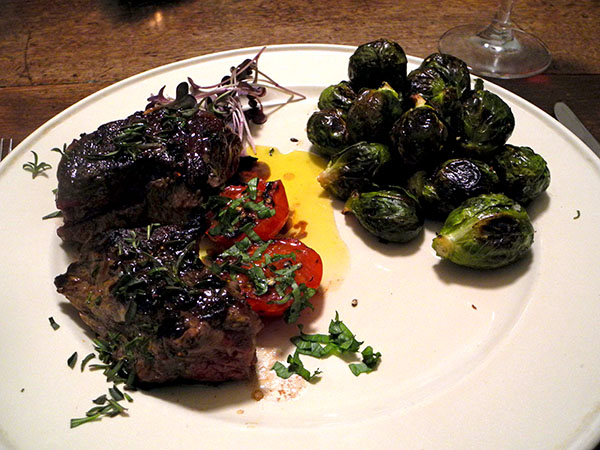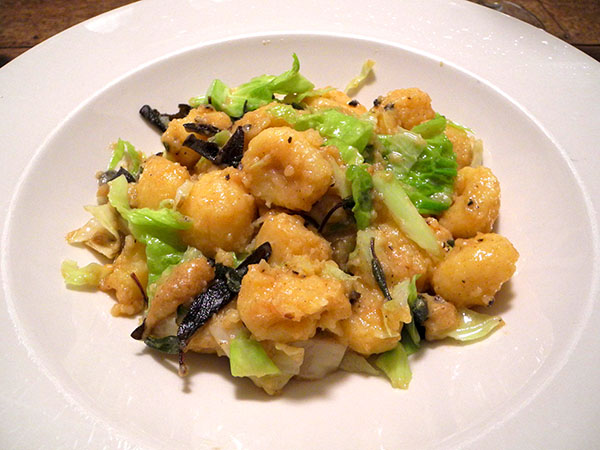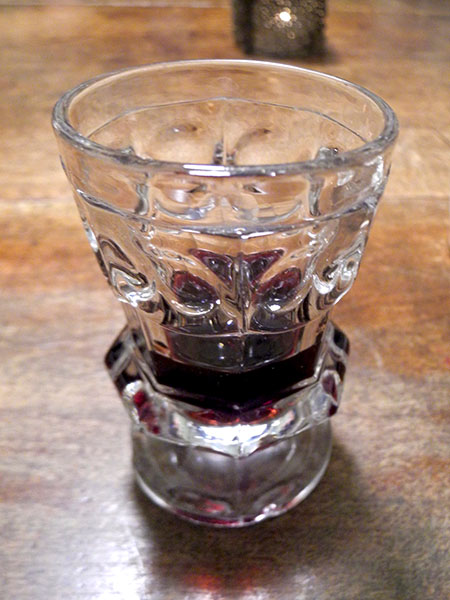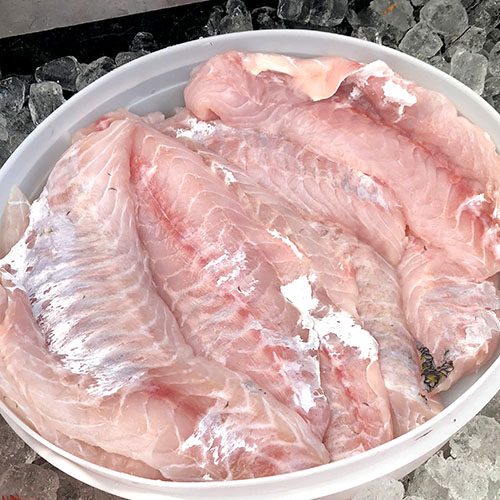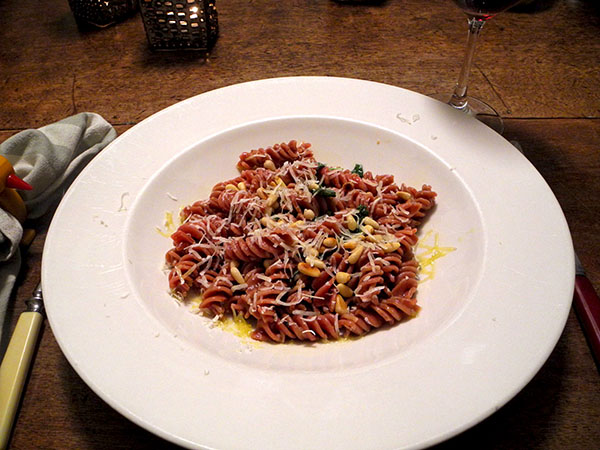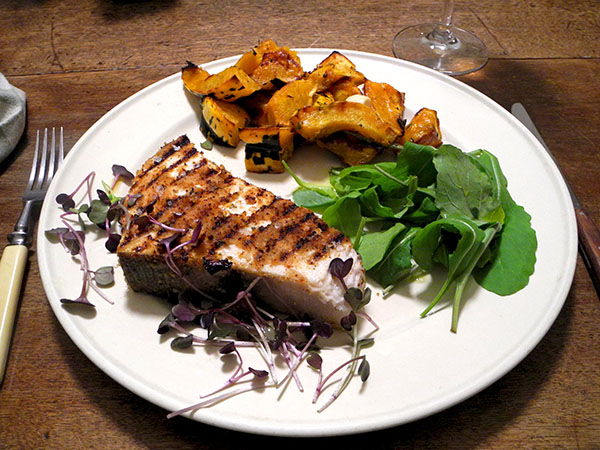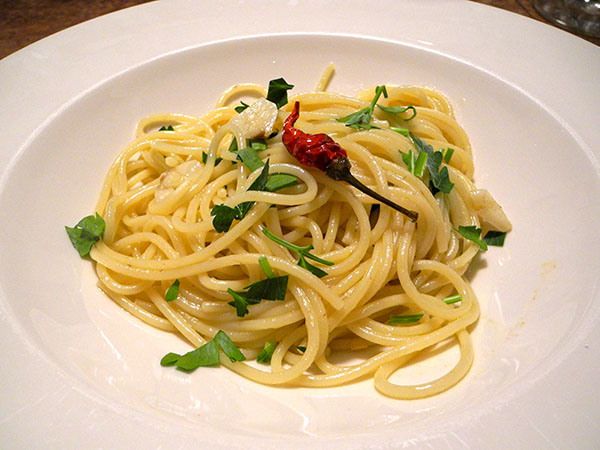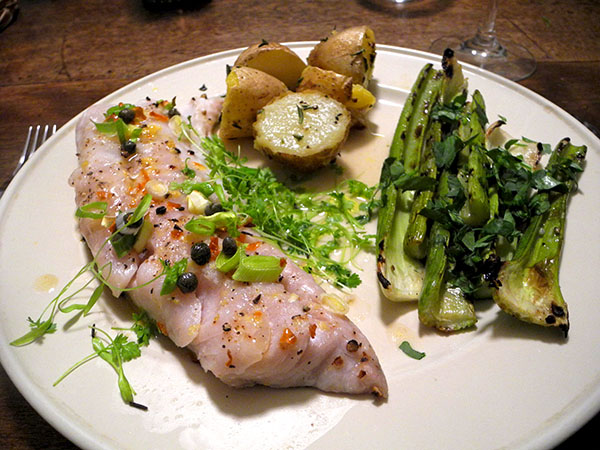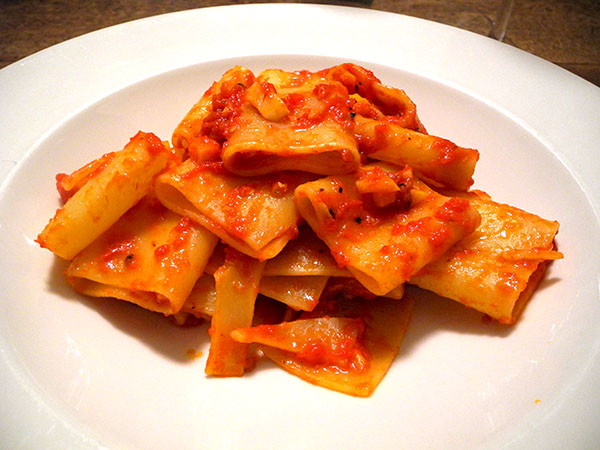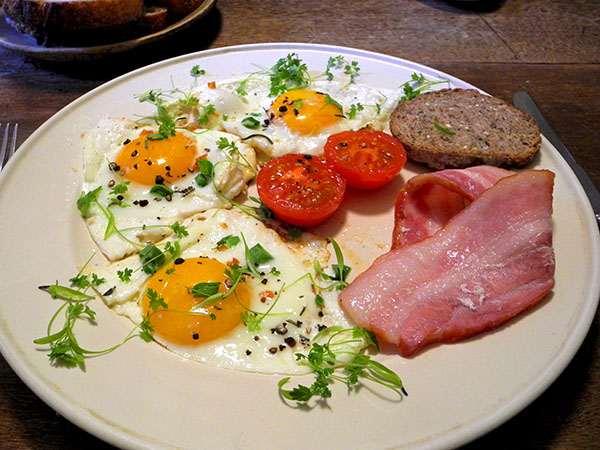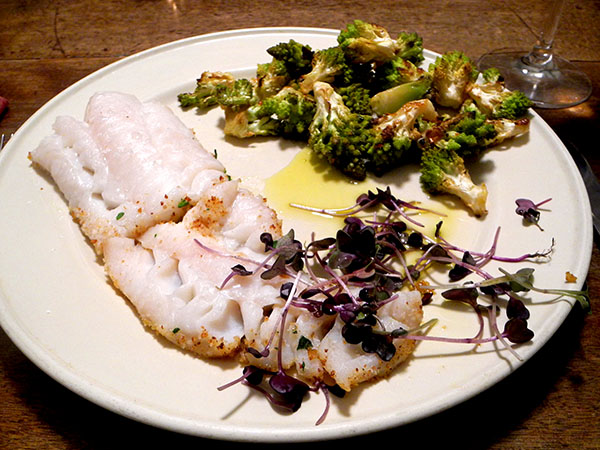
This is a delicious, very delicate dish, but from the evidence of my earlier posts on meals using this recipe it’s clear that I haven’t yet decided how it should end up on the plate, that is, the breaded side up or down. The recipe is clear about which side to cook, how and when, until just before the end, and then it goes silent when it’s time to arrange the cod on the plates.
Last night I went for the virginal look (coated side down), which is pretty cool, but the tastes and textures of the mustard, the parsley, and the crumbs, which coated the side resting on the plate, were still very much a part of the experience.
- one 16-ounce fresh cod fillet from P.E. & D.D. Seafood, brought to room temperature, cut into 4 pieces of the same weight (I’ve gotten very good at that), seasoned with salt on both sides, then only the top side (the former skin side) brushed with a little French dijon mustard which had been mixed with a very small amount of water to make it easier to spread, the two pieces dredged in a mixture of homemade breadcrumbs mixed with some finely-chopped parsley from Westside Market, browned briefly on side coated with the mustard and breadcrumb mix in a little olive oil inside a tin-lined copper au gratin pan, transferred to a 325º oven and cooked until the fish began to flake, or for about 10 or 11 minutes, although it would be best to stagger introducing the pieces to the pan if some are much thinner than others, arranged on the 2 plates and garnished with micro purple radish from Two Guys from Woodbridge [the recipe is based on Thomas Keller’s ‘Wild Cod en Persillade‘]
- one box of Romanesco broccoli from Philipps Farms, where it had been stored carefully inside a cold barn since last year, that had already been broken up into florets, washed and dried, tossed with a little olive oil (not too much, to ensure a slightly crispy, slightly carbonized side dish), sea salt, freshly-ground black pepper, and part of a dried orange/golden dried habanada pepper], finely crumbled, spread onto a large Pampered Chef unglazed ceramic pan and roasted at 400º for about 25 minutes
- the wine was a California (Lodi) white, Evangelos Bagias Lodi Chardonnay 2016, from Naked Wines
- the music was Bruckner’s Symphony No. 3, Andris Nelson conducting the Gewandhausorchester Leipzig, recorded live
